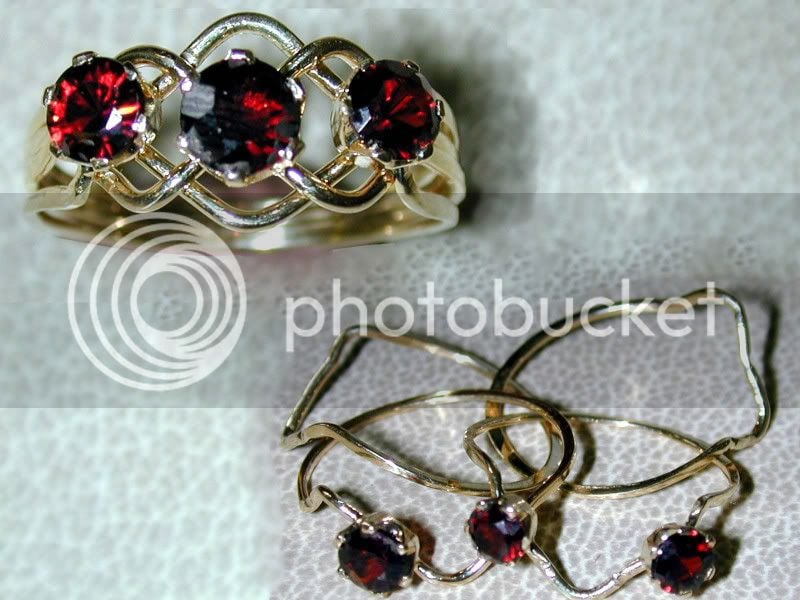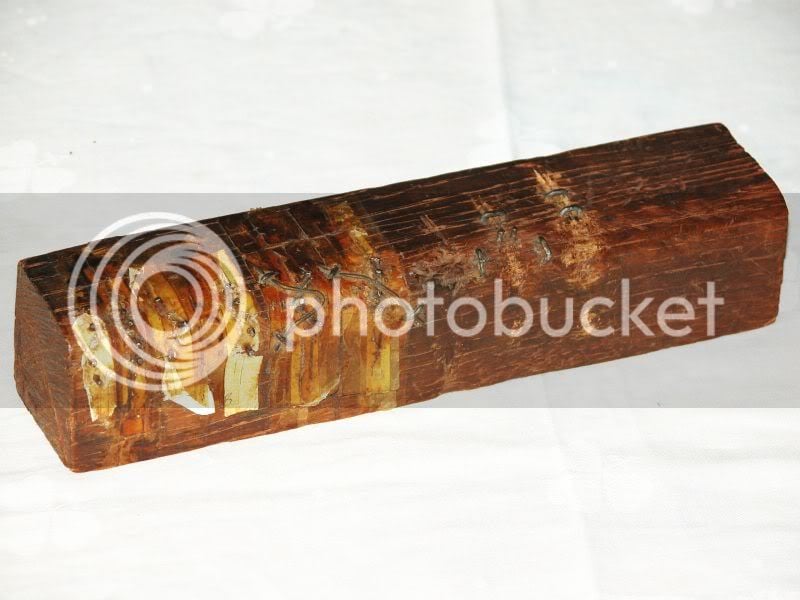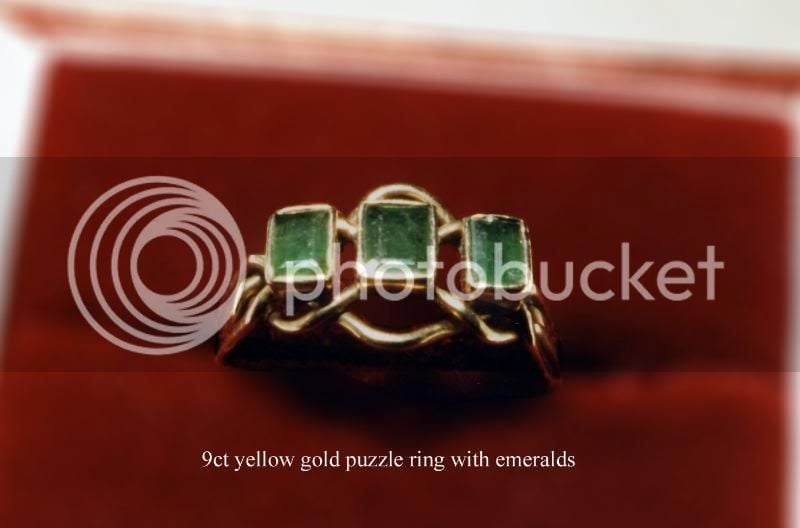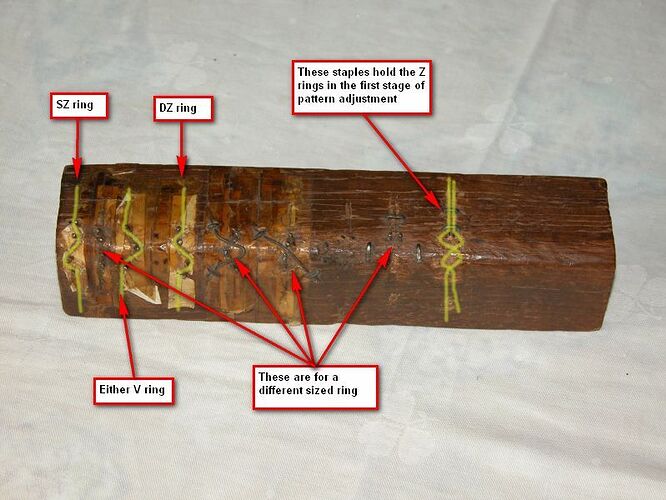I’ve had several offline requests about the following, so have
decided to answer here.
I’m in UK and saw a puzzle ring for the first time early in 1961. I
was really taken with it and tried to buy it, but the owner wouldn’t
sell. I started looking in jeweller’s shops without success, but my
girl friend was luckier and managed to find an antique one that she
gave me as a Christmas present. I was delighted with it and quickly
learned how to assemble it.
Unlike the original, where each ring was a rather crude casting in
low grade silver, this one was in gold and obviously made of wire, so
I thought I’d like to try and make one. I made the jig (I still use
it - its the one in the photo) and made one out of 1mm copper wire.
It wasn’t very attractive, but was a working puzzle ring. Spurred on
by my “success” I decided to make one out of silver, but where to buy
silver wire? I had no idea. Up to that time I had no interest in
jewellery at all! A jeweller’s shop owner suggested I tried a bullion
dealer in London’s famous Hatton Garden, so off I went to Johnson
Matthey and purchased 10" of silver wire, a tiny square of silver
solder, and a pot of EasyFlo flux.
I rushed home and made my very first bit of jewellery - a sterling
silver puzzle ring. That was is 1961.
An aunt saw it and asked if I would make one for her. I sold it to
her, purchased some more wire and made another one, which another
aunt bought. My mother was one of 13 so I had lots of aunts and
several requests for puzzle rings. Eventually I made a couple out of
gold wire and one day an aunt said “I like these rings you’re making,
but I don’t want a puzzle ring. Can you make me a ring with a stone
on it?”. Of course, I said “Yes”, but really I had no idea. I went to
the library and “devoured” all the books on jewellery making I could
find, trooped up to Hatton Garden, purchased a green zircon (rather
pretty brilliant cut about 6mm diam) a coronet setting to suit, some
gold shank wire, and eventually made my first “normal” ring.
I was then “hooked” and have been hand making jewellery ever since.
I still make puzzle rings, but mostly its other things - rings of
course, earrings, necklaces, bracelets, etc.
The following link is of a gold puzzle ring with 3 rubies, assembled
and disassembled to show how the the stones are attached.

The ring is made first, then the collets for the stones. The first
collet to be attached is the central one; the underside is cut to
fit the top ring (its the top “8” ring) and clear the one beneath it.
It is then secured with binding wire with the ring assembled so as to
get it in the correct postion. The ring is then carefully
disassembled without disturbing the collet, which is then soldered
on. The two remaining collets are fitted the same way, but both to
the same ring - the top “V” ring. The rings are cut away from inside
each collet so as to leave room for the lower part of the stones
which are subsequently set in the usual way.
If there is sufficient interest I’ll create and post a tutorial of
making the next one - but I doubt that it will have stones.
Regards, Gary Wooding




